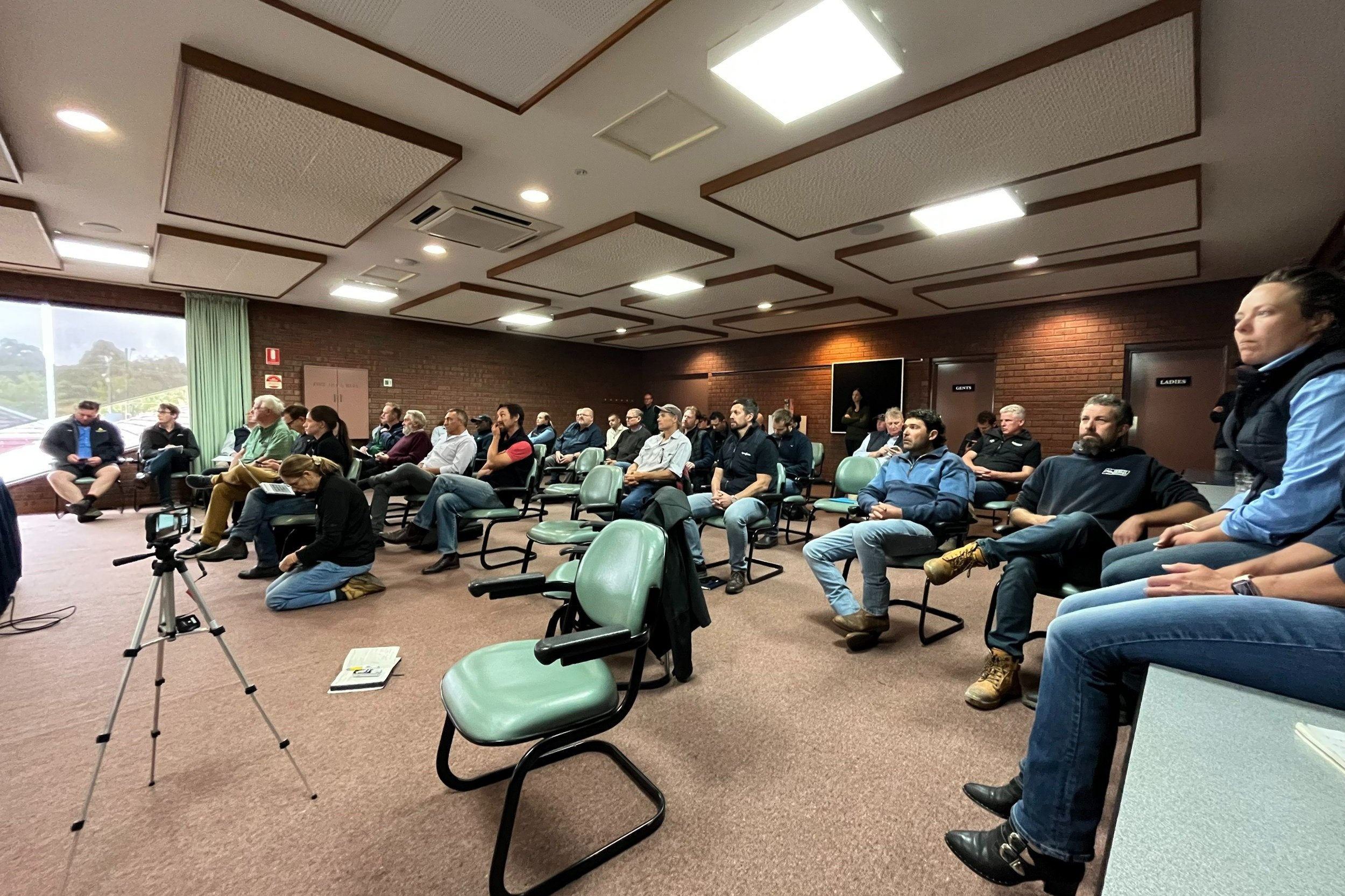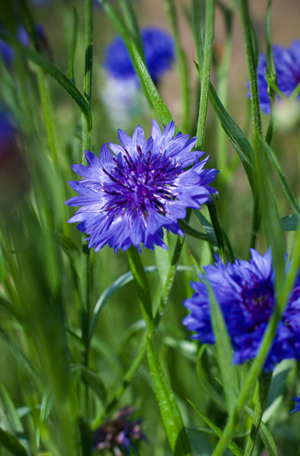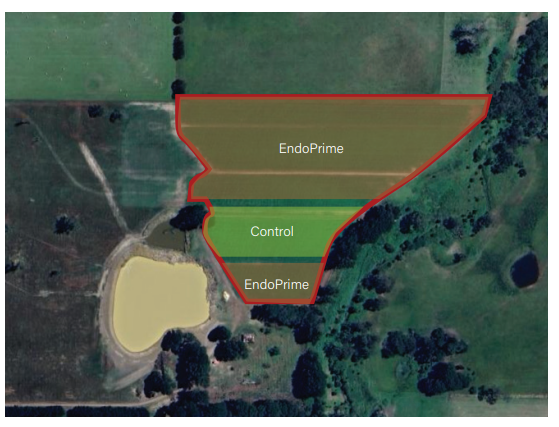The changing nutrition needs of a growing crop
Knowing what your plants need and when is crucial to getting the most out of your crop. This factsheet covers the importance of soil tests, in-season tissue testing, how nutrients interact with each other and fertiliser application methods.
PotatoLink Bulletin February 2023
Australian potato industry benefits from USA experts, demonstration site news – Ballarat (VIC) and Canowindra (NSW), and much more.
Growing better potatoes workshop recordings
On the 2nd of February 2023, PotatoLink hosted a workshop In Ballarat. Weeds, disease, seed and storage were all covered in these presentations.
Matching irrigation to crop growth
Ensuring plants get the right amount of water when they need it is essential to produce a great crop. In this factsheet, Dr Jenny Ekman covers water stress, waterlogging and how to make sure your potatoes are getting the right amount of water.
Herbicide damage and weed management in potatoes
Join PotatoLink as we talked to Dr Andy Robinson of North Dakota State University and the University of Minnesota about herbicide damage and weed management in potatoes.
PotatoLink Bulletin January 2023
Welcome back to 2023, and events with USA expert Andy Robinson.
Managing potatoes in wet conditions
An interactive panel session with some of the PotatoLink team, Peter O’Brien, Peter Philp, Tim Walker and Nigel Crump on disease management, nutrition management, weed control, and more.
Bug vs bug - working with natural enemies
In Issue 07 of PotatoLink magazine, Ryan Hall explains that the vast majority of insects are harmless, some are beneficial and a very few are damaging to potato crops. Encouraging beneficial insects into the crop can save time and money, avoid negative side effects, and prevent development of resistance.
Powdery scab - project update
Powdery scab is a devastating pathogen affecting potato growers of Australia causing annual losses estimated to top $13.4 million annually. In issue 07 of PotatoLink magazine, Prof Calum Wilson from Tasmanian Institute of Agriculture reports on his 3-year project — Mechanisms and manipulation or resistance to powdery scab in potato roots.
Petiole testing for nutrient analysis
Petiole sampling and analysis is an effective and simple way to determine the nutrient status of a crop, including diagnosing any deficiencies or toxicities in potato plants. Like any analyses, getting the sampling right is the first step. In this PotatoLink magazine article, learn when to sample, how to sample and how to handle samples.
Blackleg in potatoes
Blackleg is a bacterial infection of potato tubers and stems. While the disease is not widespread in Australia, new causal organisms have been identified over the past few years, warranting industry awareness.
PotatoLink Bulletin December 2022
Summer edition of the PotatoLink magazine, 2023 PotatoLink plans, leadership & scholarship opportunities, and much more.
PotatoLink Bulletin November 2022
New regional representative for Tasmania, upcoming panel session - management under wet conditions, potato funds annual report, and much more.
R&D Forum 2022 Presentations
As part of the 2022 AuSPICA conference in Ballarat, PotatoLink held a research and development forum. It was comprised of Hort Innovation funded projects that are currently running or had just recently been completed.
Mycorrhizal fungi at the Bolwarrah Victorian demonstration site
This case study covers the mycorrhizal fungi trials hosted at the Bolwarrah, VIC demonstration site. It covers what the trial was, what happened, and some tips on getting the most out of your mycorrhizal fungi products.
Pink rot with Dr. Robert Tegg
This webinar, delivered by Dr Robert Tegg from the Tasmanian Institute of Agriculture, at The University of Tasmania, focused on pink rot of potatoes. Dr Tegg provided an overview of the pathogen causing pink rot, highlighted the characteristics most favourable for the disease and its symptoms in potatoes.
Rhizoctonia Solani anastomosis groups and their hosts
Rhizoctonia Solani is a fungal pathogen comprised of many species and strains that can cause diseases in vegetable crops such as damping off, root and stem rots, and sometimes leaf blighting or leaf spots. This Soil Wealth & Integrated Crop Protection factsheet outlines the how the pathogen survives, spreads and infects plants.




















